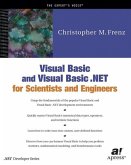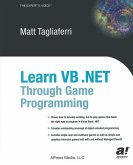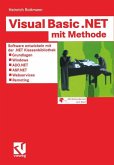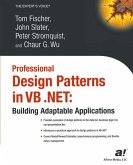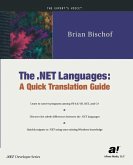Since the announcement of Visual Basic .NET, a lot has been made of its powerful object-oriented features. However, very little discussion has been devoted to the practice of object-oriented programming at its most fundamental level-that is, building classes. The truth is, whatever code you write in Visual Basic .NET, you are writing classes that fall within the class hierarchy of the .NET Framework. Visual Basic .NET Class Design Handbook was conceived as a guide to help you design these classes effectively, by looking at what control you have over your classes and how Visual Basic .NET turns your class definitions into executable code.
This book will give you a deep and thorough understanding of the implications of all the decisions you can make in designing a class, so you are equipped to develop classes that are robust, flexible, and reusable. In short, this book will take you from a theoretical understanding of the basic principles of object-oriented programming to the ability to write well-designed classes in actual applications.
This book will give you a deep and thorough understanding of the implications of all the decisions you can make in designing a class, so you are equipped to develop classes that are robust, flexible, and reusable. In short, this book will take you from a theoretical understanding of the basic principles of object-oriented programming to the ability to write well-designed classes in actual applications.

